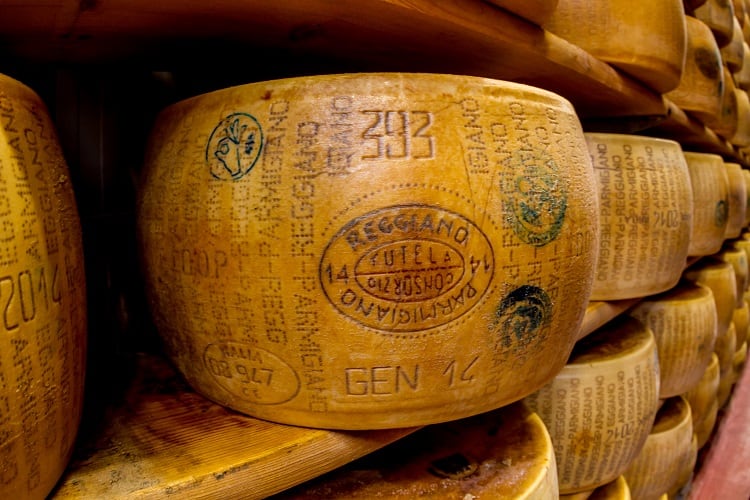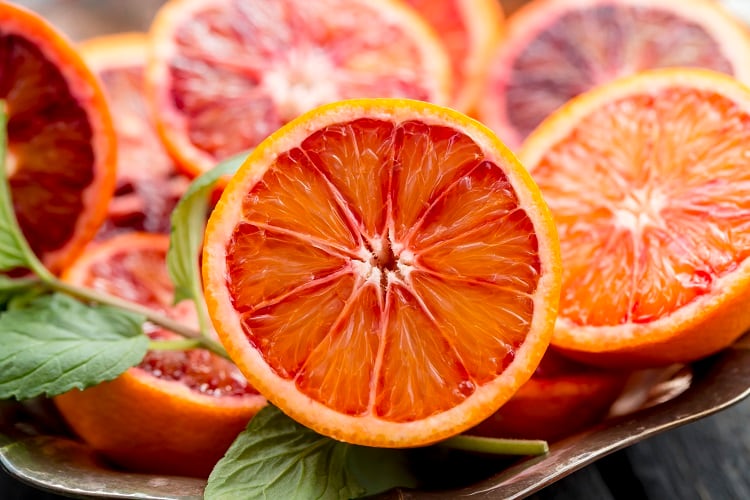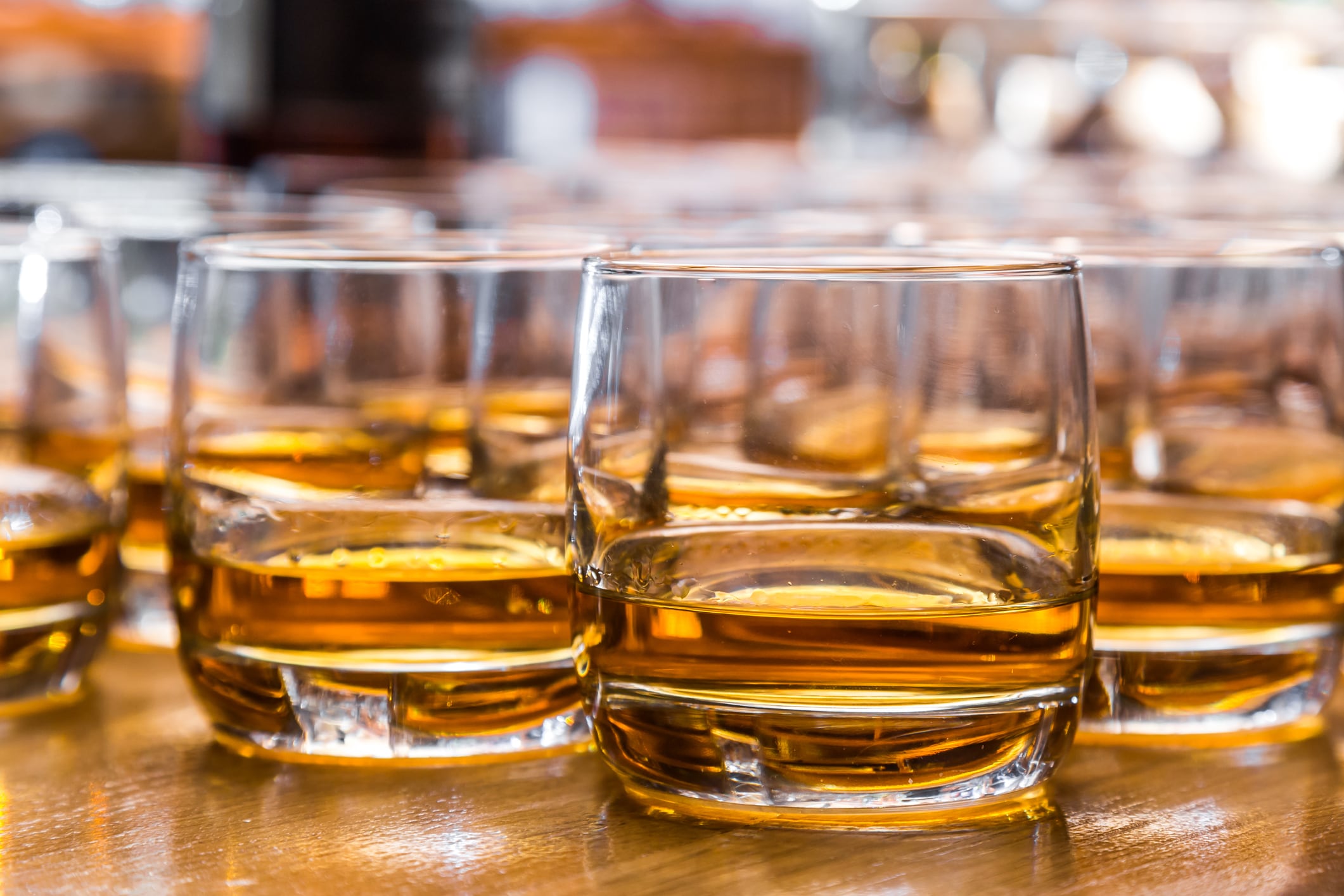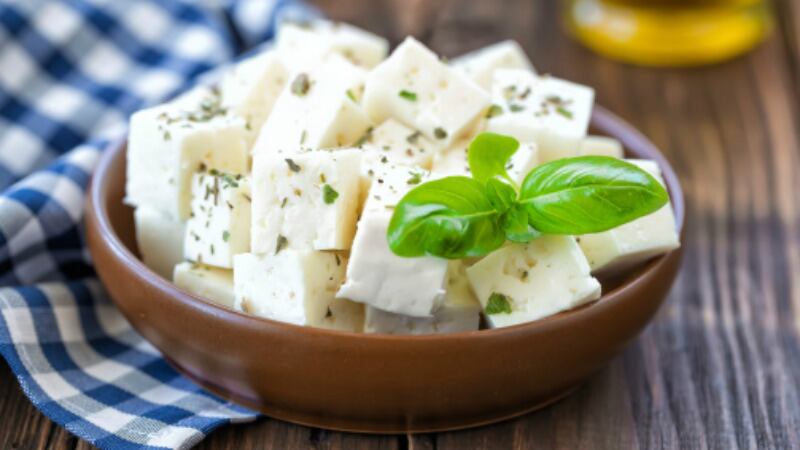EU quality schemes are designed to protect the names of specific agri-food and alcohol products across the bloc.
In doing so, the schemes promote the products’ unique characteristics, which are associated with not only their geographical origin, but the ‘know-how’ ingrained that specific region.
Makers of products registered in these schemes can often demand a significantly higher price, but just how much revenue are these delicacies, such as Queso Manchego, Irish Whiskey, and Roquefort, bringing into Europe?
According to a recent study by the European Union, the annual figure for Geographical Indications (GI) and Traditional Specialities Guaranteed (TSG) products stands at close to €75bn.
Understanding the quality schemes
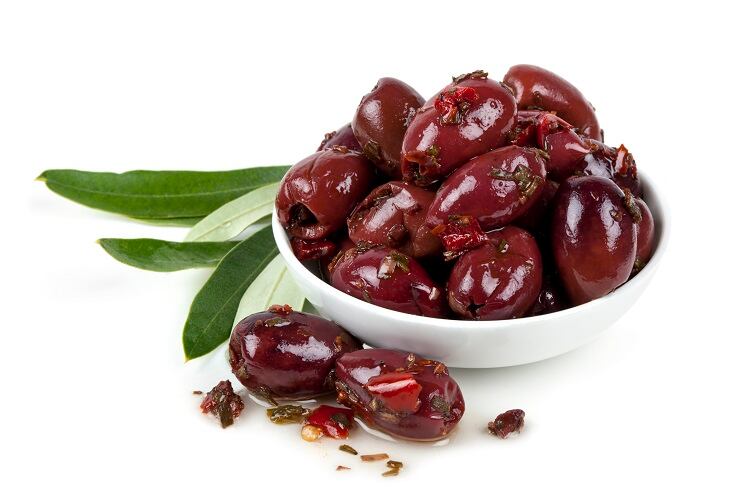
Several indications fall under the EU quality schemes umbrella. Agri-food products and wines are protected as Protected Designation of Origin (PDO) and Protected Geographical Indication (PGI). Spirit drinks are protected as Geographical Indications (GI).
The main difference between the PDO and PGI concerns how much of the raw material came from that area or which steps of the production process have taken place in the specific region.
Well-known geographical indications include Parmigiano Reggiano, Bayerisches Bier, and Kalamata olives.
The European Union also protects certain products under Traditional Specialities Guaranteed (TSG), which emphasise their traditional aspects without being associated with a specific geographical area.
Examples of famous TSG products include the Belgian-style beer Kriek, spaghetti dish Amatriciana tradizionale, and Portugese-style cod Bacalhau de Cura Tradicional Portuguesa.
As explained by European Commissioner for Agriculture Janusz Wojciechowski, European Geographical Indications reflect the wealth and diversity of products that the EU agricultural sector has to offer.
“Producers' benefits are clear. They can sell products at a higher value, to consumers looking for authentic regional products.
“GIs are a key aspect of our trade agreements. By protecting products across the globe, we prevent fraudulent use of product names and we preserve the good reputation of European agri-food and drink products. Geographical Indications protect local value at global level.”
Evaluating their economic worth
The study collected and analysed data on all 3,207 product names protected by GI and TSG registration across 28 Member States, from the period 2011-2017.
Overall, the Commission concluded that the sales value of a product with a protected name is, on average, double than that for counterparts without a certification. The value premium rate stood at 2.85 for wines, 2.52 for wines, 2.52 for spirits and 1.5 for agricultural products and foodstuffs.
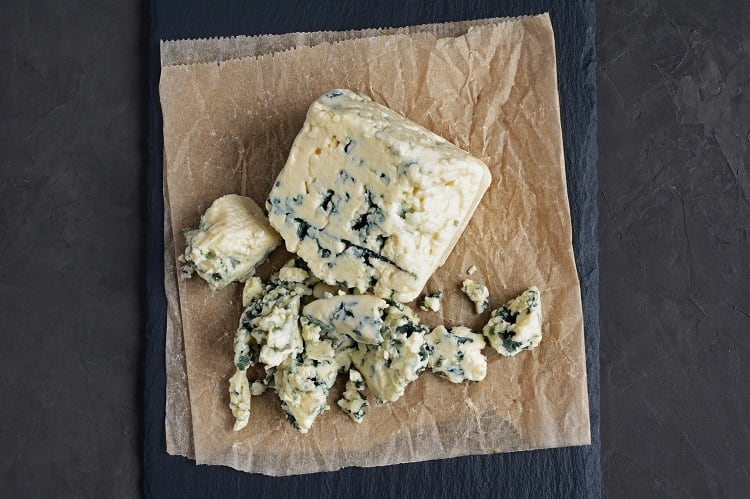
“There is a clear economic benefit for producers in terms of marketing and increase of sales thanks to high quality and reputation of these products, and willingness of consumers to pay to get the authentic product,” noted the Commission.
Overall, the estimate sales value of GIs was €74.8bn in 2017. Including TSGs, this figure was boosted to €77.1bn, representing 7% of the total sales value of the European food and drink sector for that year.
Breaking total GI and TSG revenue into categories, wines accounted for 51% (€39bn), agricultural products and foodstuffs for 35% (€27bn), spirit drinks for 13% (€10bn) and aromatised wine products for 0.1% (€43m).
Since 2010, the total sales attributed to GIs and TSGs combined has grown by 42%.
Addressing how each individual Member States benefited from such quality schemes, findings revealed five nations had sales values for GI products over €5bn each: France, Italy, Germany, the UK, and Spain.
For France, which received the highest revenue in 2017 from such schemes, wine brought in €26.9bn – representing 72% of its total income for GI products that year.
With regards to international trade, geographical indications represented 15.5% of the total EU agri-food exports, with approximately half of all exported EU GI products being sent to the US, China and Singapore.
Source: EU Publications
‘Study on economic value of EU quality schemes, geographical indications (GIs) and traditional specialities guaranteed (TSGs)
Published 8 April 2020
DOI: 10.2762/396490
Corporate authors: AND International, Directorate-General for Agriculture and Rural Development (European Commission), ECORYS


